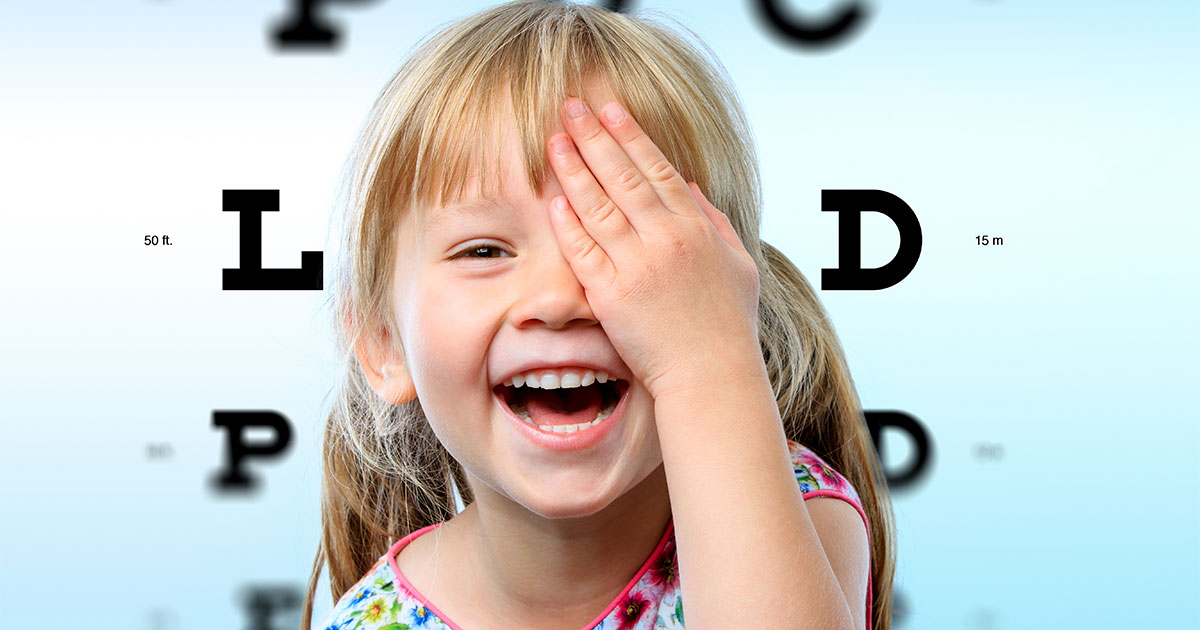It’s time to head back to school, and whether that means in-person or onscreen, a child’s eyes may undergo an increased amount of strain, leading to changes adults may need to look out for. Their normal growth this year may also have impacted their overall eye health.
For Children’s Eye Health and Safety Month, we’re sharing things to keep in mind to protect their vision.
Safeguard Against Screens
Staring at a computer or phone screen for too long can contribute to both dry eye and eyestrain in grownups. Our providers encourage minimal screen time and warn against excessive screen time. The same is true for kids. Kids are even more at risk for adverse effects from screen exposure, as their eyes are still developing.
Experts recommend everyone take breaks, “using the ‘20-20-20’ rule: every 20 minutes. Shift your eyes to look at an object at least 20 feet away, for at least 20 seconds.”
Getting outside and utilizing larger screens (such as a bigger monitor or casting to your television) are two other suggestions that may provide your child with some screen relief.
Protect Their Pupils
Believe it or not, giving kids sunglasses could make a big difference. Ultraviolet rays pose massive health risks to our eyes, and children are not an exception.
“The most important thing in a pair of sunglasses is to make sure they block 99 to 100 percent of UVA and UVB rays,” advises Dr. Shivani Sethi, a leading pediatric ophthalmologist at Eye Consultants of Atlanta.
It may feel like a challenge to coax a kid into wearing sunglasses, but there are a few things adults can do. Our experts recommend letting them choose their pair, having an adult keep them safe, and modeling by example to name a few.
Consider What They Eat
There’s a clear connection between diet, nutrition, and healthy eyes. The American Optometric Association offers a thorough breakdown of the nutrients that can promote healthy vision, including vitamin C and zinc.
Most of the foods they recommend for eye health are good for developing little bodies, too, including:
- Rich greens (broccoli, Brussels sprouts, and spinach)
- Fruits (apricots, cantaloupe, and mangos)
- Seeds and nuts (flaxseed, almonds, sunflower seeds, walnuts)
- Fatty fish (salmon, tuna)
Like wearing sunglasses, convincing a child to eat healthy may feel like an uphill battle, but introducing autonomy and choice could help your cause. In fact, kids are more likely to give a new food a try if they were involved in making it. Any simple task like measuring ingredients, stirring a bowl, or doing a taste test are all great starting points.
Making annual eye exams part of a child’s regular health routine will also arm everyone with information, and help children understand that taking care of their eyes is as important as taking care of their teeth and body. We’re also happy to help them choose just the right pair of glasses. For an appointment or to answer your questions, reach out online or call 404-255-2419.

